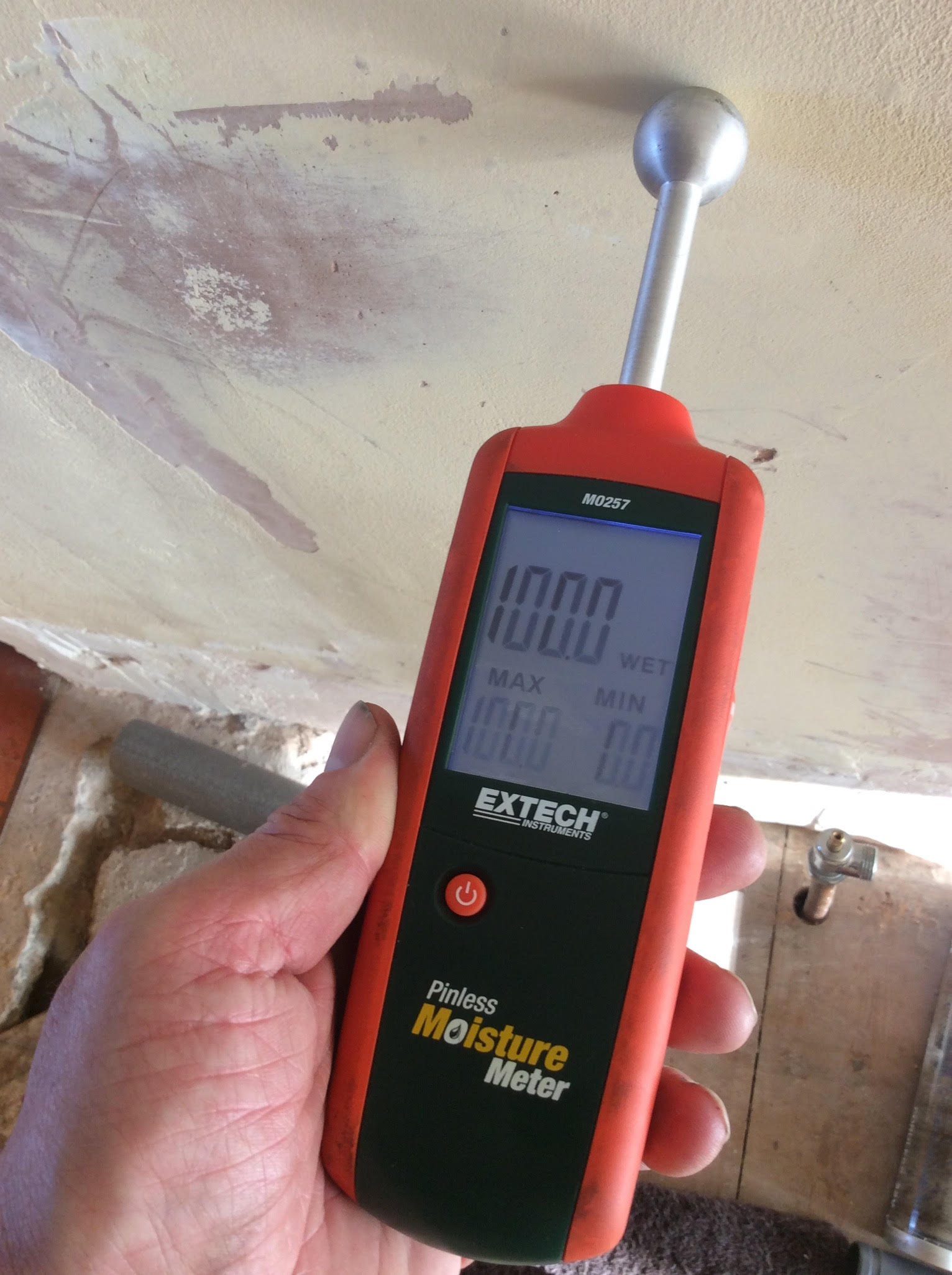Ingenious Solutions for Early Detection of Water Leaks in Buildings and Facilities
From advanced leak detection technologies to the release of IoT sensing units for real-time monitoring, the landscape of leak prevention is advancing swiftly. Automated water circulation analysis systems are reshaping just how leaks are identified and dealt with, leading the way for an aggressive strategy to water leak discovery.
Advanced Leakage Discovery Technologies
Advanced leak detection technologies, geared up with sophisticated sensing units and algorithms, play a vital function in promptly determining and determining water leakages in different settings. Electromagnetic sensing units can determine adjustments in electromagnetic areas triggered by water, supplying yet an additional layer of leakage detection ability.

IoT Sensors for Real-Time Surveillance
In the world of modern water leakage detection, the combination of IoT sensors for real-time monitoring represents a pivotal advancement in improving proactive leak discovery abilities. These sensing units provide continual surveillance of water supply, giving real-time data on water flow prices, stress variants, and temperature level adjustments. By leveraging IoT modern technology, these sensing units can identify even the tiniest abnormalities in water use patterns, making it possible for early recognition of possible leakages before they intensify into significant problems.
IoT sensing units send data to a central platform, where innovative algorithms analyze the details and produce informs or notices when abnormalities are spotted. This real-time monitoring ability enables homeowner or center supervisors to quickly attend to leakages, minimizing water damage, decreasing fixing prices, and saving water sources.
Furthermore, IoT sensing units can be integrated with building monitoring systems, enabling for automated feedbacks to spotted leakages, such as shutting down water valves or activating pumps to mitigate the influence of leaks. On the whole, the implementation of IoT sensing units for real-time surveillance significantly improves the performance and effectiveness of water leak discovery in structures and infrastructure.
Maker Learning Algorithms for Leakage Prediction

One trick benefit of using artificial intelligence for leak forecast is its capacity to constantly find out and improve its accuracy in time. As even more data is accumulated and fed into the formula, it can improve its predictions and adapt to changing this page conditions, inevitably raising the dependability of leakage detection systems.
Furthermore, device learning algorithms can help in determining subtle indicators of leaks that might go unnoticed by traditional monitoring methods. water leak detection. By examining intricate data sets in real-time, these algorithms can offer early warnings and notifies, enabling click to find out more prompt intervention and precautionary upkeep to reduce prospective water damage and associated prices
Using Thermal Imaging for Leakage Detection
Thermal imaging innovation uses an encouraging strategy for spotting water leakages in numerous systems and facilities. By making use of infrared radiation and temperature level variations, thermal imaging electronic cameras can recognize hidden leakages that are not conveniently visible to the nude eye. When water gets away from pipelines or structures, it often transforms the temperature level of the bordering location, producing temperature level differentials that thermal cams can record. These temperature abnormalities are after that converted right into visible photos, highlighting the specific area of the leakage.
One of the essential advantages of thermal imaging for leak discovery is its non-intrusive nature. Unlike standard approaches that might call for getting into wall surfaces or floorings to find leaks, thermal imaging permits for non-destructive screening. This not just conserves time and decreases prices yet additionally decreases disturbance to the building or facilities being examined. Additionally, thermal imaging can swiftly check large locations, giving a comprehensive review of potential leakage resources in a timely basics fashion. Overall, making use of thermal imaging modern technology improves the efficiency and precision of water leak detection, making it a beneficial tool for preserving the integrity of structures and frameworks.
Automated Water Circulation Evaluation Equipments
Just how can computerized water flow analysis systems transform the discovery and management of leaks in different systems and frameworks? Automated water circulation analysis systems use a positive method to leak discovery by continually monitoring water circulation prices and patterns. By establishing standard information, these systems can promptly identify discrepancies that may suggest a leakage, making it possible for timely intervention to avoid extensive damage.
These systems make use of sophisticated formulas to analyze real-time information and supply immediate alerts when anomalies are discovered, permitting speedy activity to be taken. Furthermore, automated water flow analysis systems can be integrated with structure management systems or IoT systems, improving general efficiency and allowing remote tracking abilities.
Moreover, the data accumulated by these systems can be made use of for anticipating maintenance functions, aiding to determine potential powerlessness in the framework before leakages occur. Overall, the implementation of automatic water circulation analysis systems can considerably improve leak discovery and monitoring practices, inevitably causing set you back financial savings, lowered water wastefulness, and enhanced sustainability in structures and infrastructure.

Verdict
To conclude, the assimilation of sophisticated leakage detection modern technologies, IoT sensors, artificial intelligence algorithms, thermal imaging, and automated water flow evaluation systems supplies cutting-edge services for early discovery of water leaks in structures and facilities. These modern technologies allow real-time monitoring, forecast of leaks, and reliable detection approaches to avoid water damage and wastage. Implementing these services can assist in maintaining the integrity and sustainability of water supply in numerous settings.